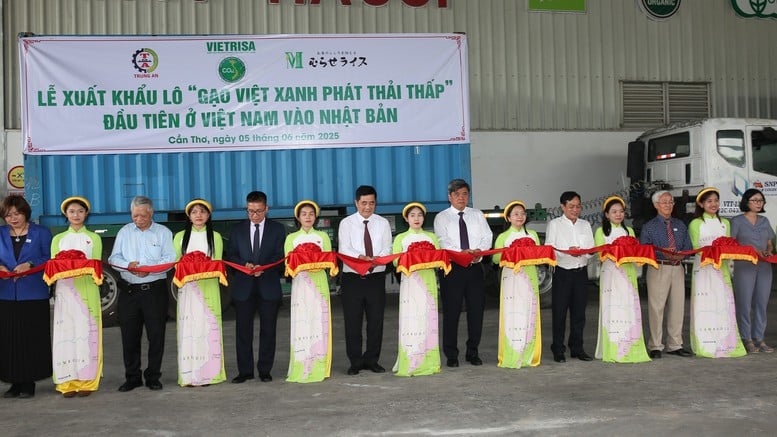
The first batch of "Green, Low-Emission Vietnamese Rice" was exported to Japan on May 6 - Photo: VGP/LS
The first batch of rice exported to Japan: The messenger of Vietnamese rice
In the context of the Japanese market lacking rice supply, Vietnamese management agencies, industry associations and businesses have expressed their excitement and proposed many drastic and effective solutions to increase the presence of Vietnamese rice in this demanding market, thereby enhancing the brand and value of Vietnamese rice globally.
On the afternoon of June 9, speaking with the Government Electronic Newspaper, Ms. Nguyen Thi Thu Huong - Deputy Director of the Department of Crop Production and Plant Protection ( Ministry of Agriculture and Environment ) said: Vietnam's successful export of the first 500 tons of rice with the brand "Green Vietnamese Rice, Low Emission" to Japan on June 5 is an important step forward, opening up great opportunities for Vietnamese rice to access more deeply into the market with high value and the world's leading strict standards.
However, to seize this opportunity sustainably, Ms. Huong emphasized the need for the synchronous participation of the entire rice industry ecosystem. In particular, state management agencies need to continue to perfect the policy framework, technical processes and quality control system to meet the strict requirements of the Japanese market, while investing in raw material infrastructure. Associations such as the Vietnam Food Association and the Vietnam Rice Industry Association need to perform well the function of connecting the market, providing information and supporting businesses and farmers to comply with production standards. Exporting enterprises need to closely connect with raw material areas, invest in deep processing, and control traceability.
Farmers and cooperatives – especially in the area implementing the 1 million hectare high-quality, low-emission rice project – need to continue to receive technical support, training on safe and sustainable production, and have transparent cooperation agreements with businesses. When farmers, cooperatives and businesses join together under the guidance of state management agencies and the active participation of associations, we can build a rice value chain with competitive capacity and solid reputation in high-end markets such as Japan.
Chairman of the Vietnam Rice Industry Association Bui Ba Bong expressed his excitement at this news. He emphasized that increasing the value of rice, thereby increasing farmers' income and efficiency in rice trading, is the main goal in developing our country's rice industry. This is also the goal of the Project to develop 1 million hectares of high-quality, low-emission rice.
Currently, the technical production process according to the Project of 1 million hectares of high-quality, low-emission rice ensures that rice quality meets market demands by using suitable rice varieties and food safety and hygiene standards, especially chemical residues in rice grains below the maximum allowable threshold according to the highest standards thanks to the application of sustainable farming techniques.
In addition, another advantage that Vietnam is a pioneer in the world is the application of a large-scale emission-reducing rice production process. With the full implementation of the technical process of the 1 million hectare project, rice production will meet the dual standards of "green" and "low emission or low carbon". This is the difference in the quality of Vietnamese rice from the current 1 million hectare project.
However, to bring green, low-emission Vietnamese rice to the "difficult" market, it is necessary to have a brand and trademark. This is the most difficult "final battle" to reach the destination. Therefore, the 1 million hectare project has prepared the conditions, which is the connection between farmers, cooperatives and businesses to ensure that businesses have a source of rice that meets the standards and the conditions for rice products to be recognized as "green, low-emission".
The Vietnam Rice Industry Association has developed the "Green Vietnamese Rice, Low Emissions" brand and has authorized 07 enterprises to use it with a total volume of 20,000 tons of rice. On June 5, 2025, Trung An Company exported the first batch of rice to Japan with the "Green Vietnamese Rice, Low Emissions" brand.
Mr. Bui Ba Bong said: Every year, Japan imports about 700,000 tons of rice, mainly from the US and Thailand. The current rice shortage crisis in Japan is an opportunity for Vietnamese rice to enter this high-end market when they have met the high-standard rice source of Japan from the 1 million hectare project, of which the first product of Trung An Company is on its way to Japan as an ambassador.

General Director of Trung An High-Tech Agriculture Company (Can Tho City) Pham Thai Binh - The company exported the first 500 tons of "Green, low-emission Vietnamese rice" to Japan - Photo: VGP/LS
Promoting the replication of linkages in the 1 million hectare project
General Director of Trung An High-Tech Agriculture Company (Can Tho City) Pham Thai Binh analyzed: Japan's current rice shortage crisis is "just the last straw" because this problem was predicted by Vietnamese enterprises more than 3 years ago.
According to Mr. Pham Thai Binh, in the context of extreme climate change that is becoming increasingly serious globally, food scarcity will come to many countries, not just Japan, and recovery is unlikely. Although rice prices sometimes decrease and rice production in some countries is sometimes abundant, it is still basically only temporary.
Vietnam has great advantages and potential to improve the quality and value of its rice in the international market in general and in Japan in particular. The Party, State, Government and Ministries have had very good and timely solutions to implement the Project of 1 million hectares of high-quality, low-emission rice, which is showing high efficiency and needs to be vigorously implemented for further expansion. Only then can Vietnamese rice take advantage of the opportunity to increase income for farmers and businesses.
Right now, localities need to approve the Project of linking high-quality, low-emission rice production in the 1 million hectare Project of enterprises, cooperatives... to deploy it widely, so that we can have products that meet the standards of Japan and some other demanding markets such as the US, Europe and the Middle East...
"The demanding market requires high quality standards but also great value, so this is a solution and opportunity for the Vietnamese rice industry to develop sustainably, ending the situation of "good harvest but low price", where manufactured products are difficult to sell because they do not meet market standards and consumer demands," said Mr. Pham Thai Binh.
Le Son
Source: https://baochinhphu.vn/thoi-co-cho-gao-viet-nam-xuat-khau-sang-nhat-ban-102250609183919835.htm


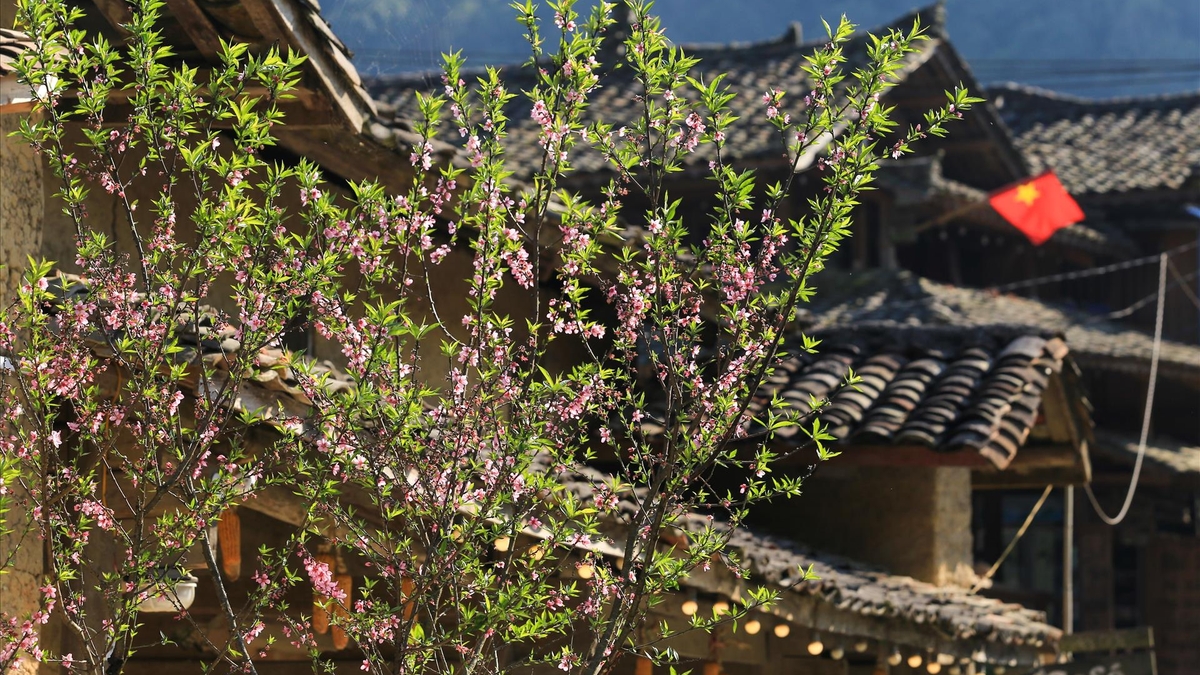
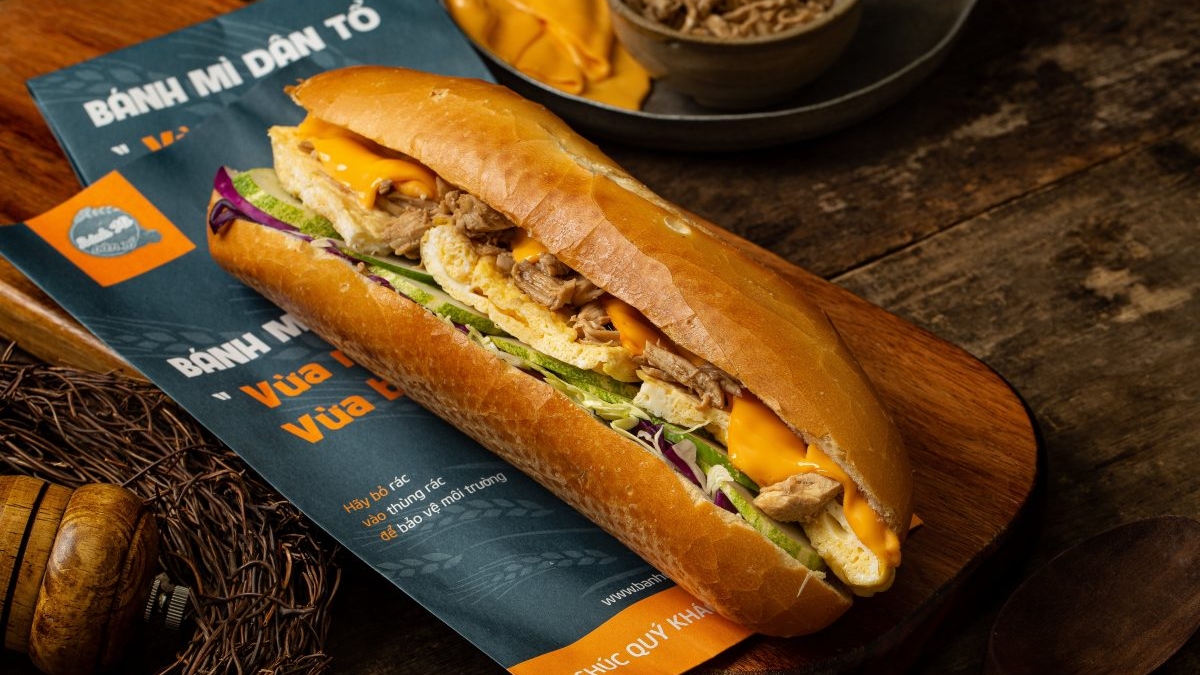

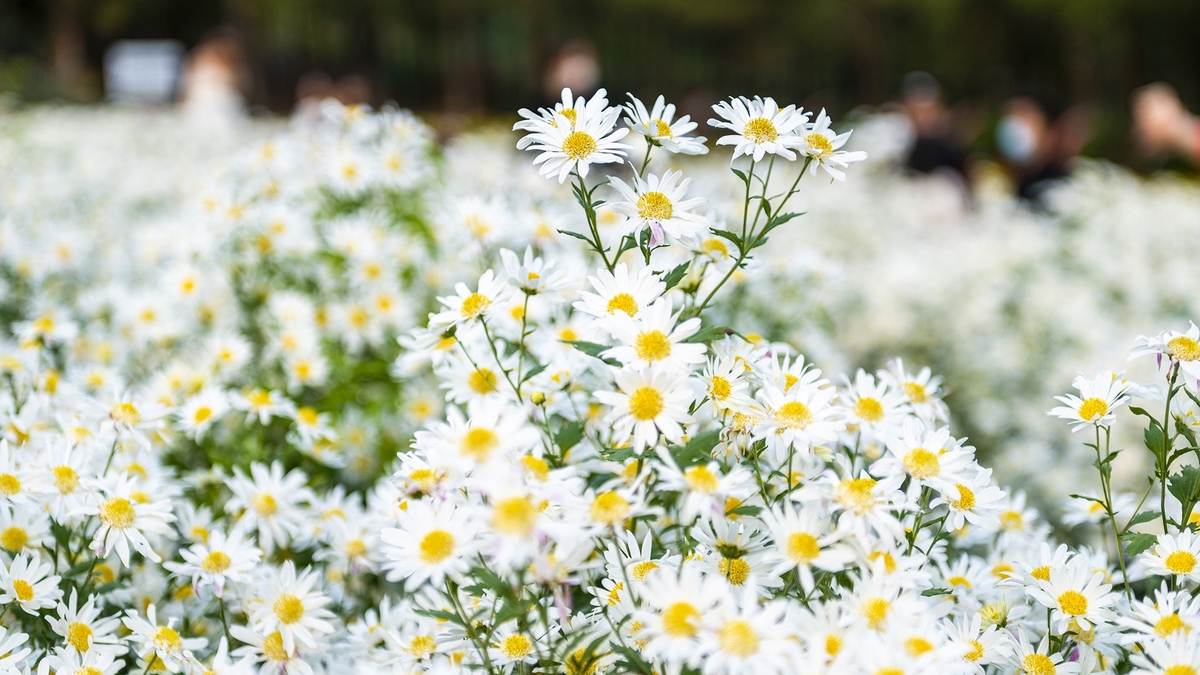
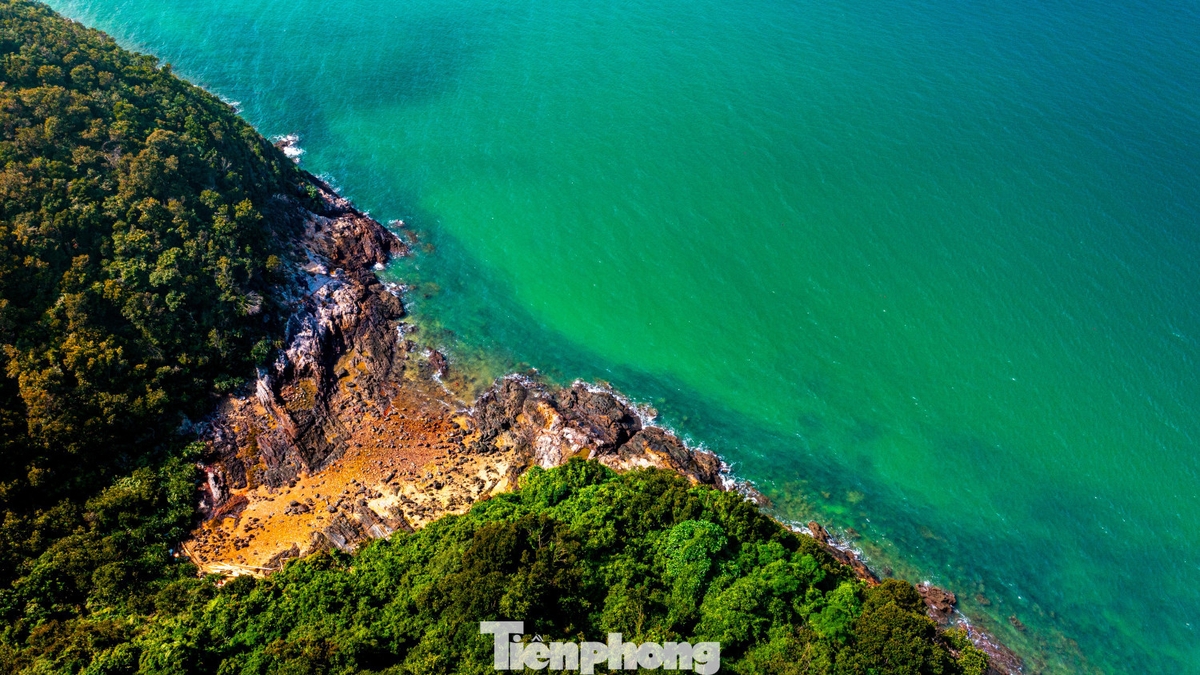



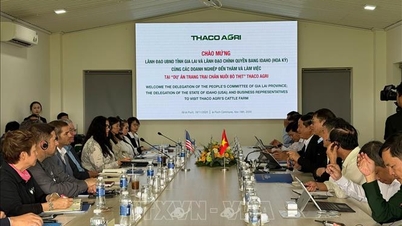

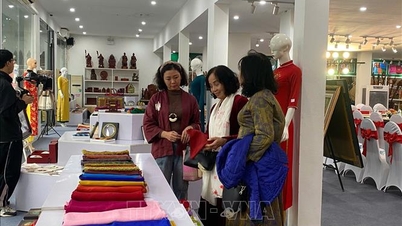
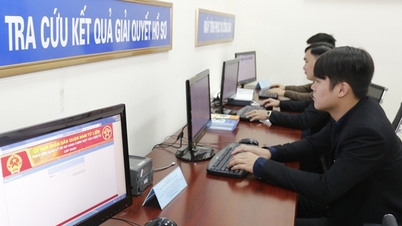

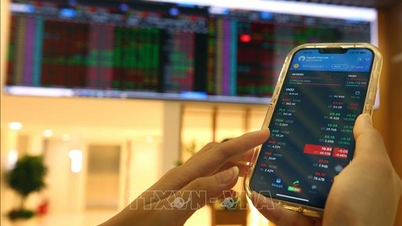



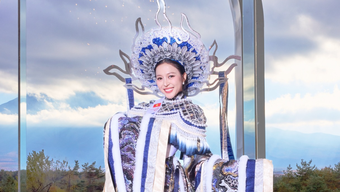


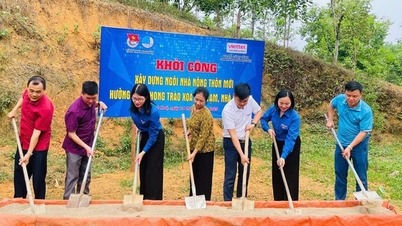



![[Photo] General Secretary To Lam and National Assembly Chairman Tran Thanh Man attend the 80th Anniversary of the Traditional Day of the Vietnamese Inspection Sector](https://vphoto.vietnam.vn/thumb/1200x675/vietnam/resource/IMAGE/2025/11/17/1763356362984_a2-bnd-7940-3561-jpg.webp)




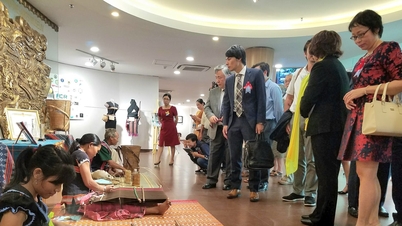







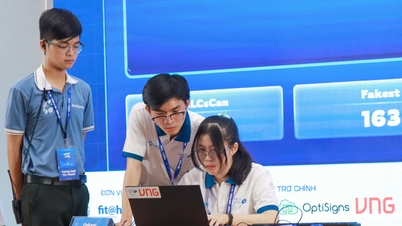


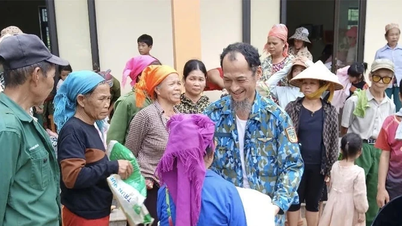










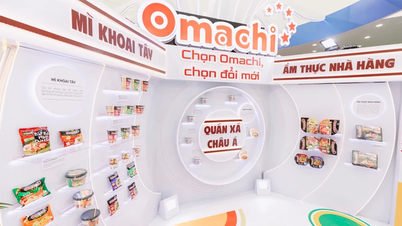

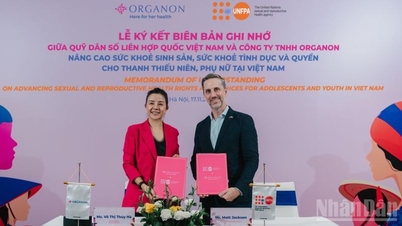






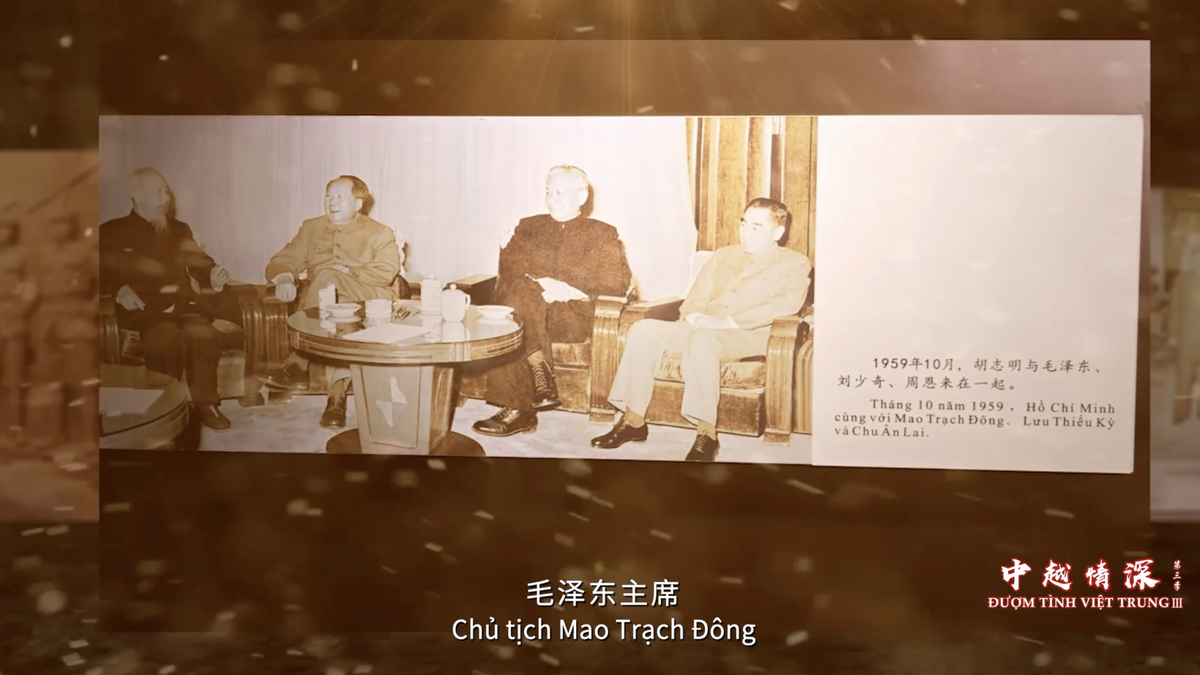


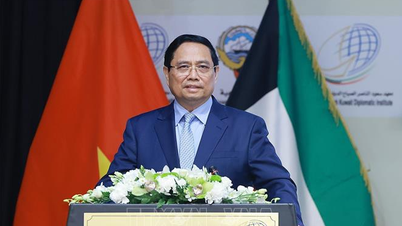
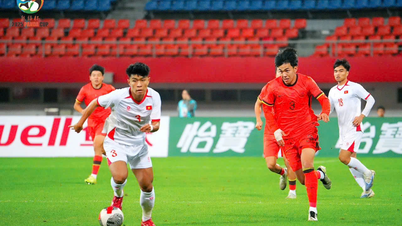













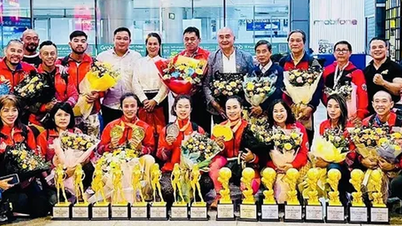












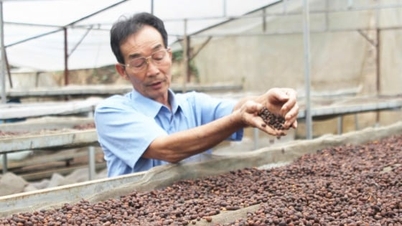
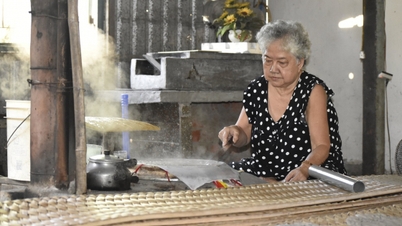
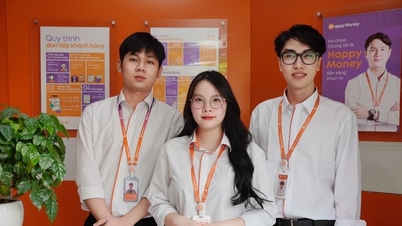


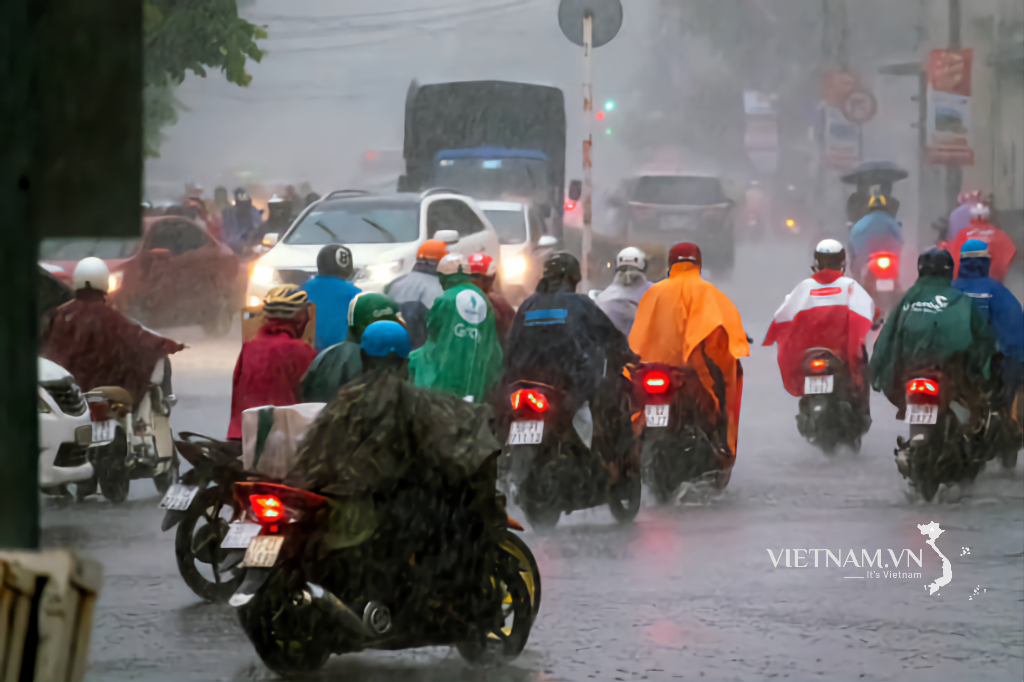

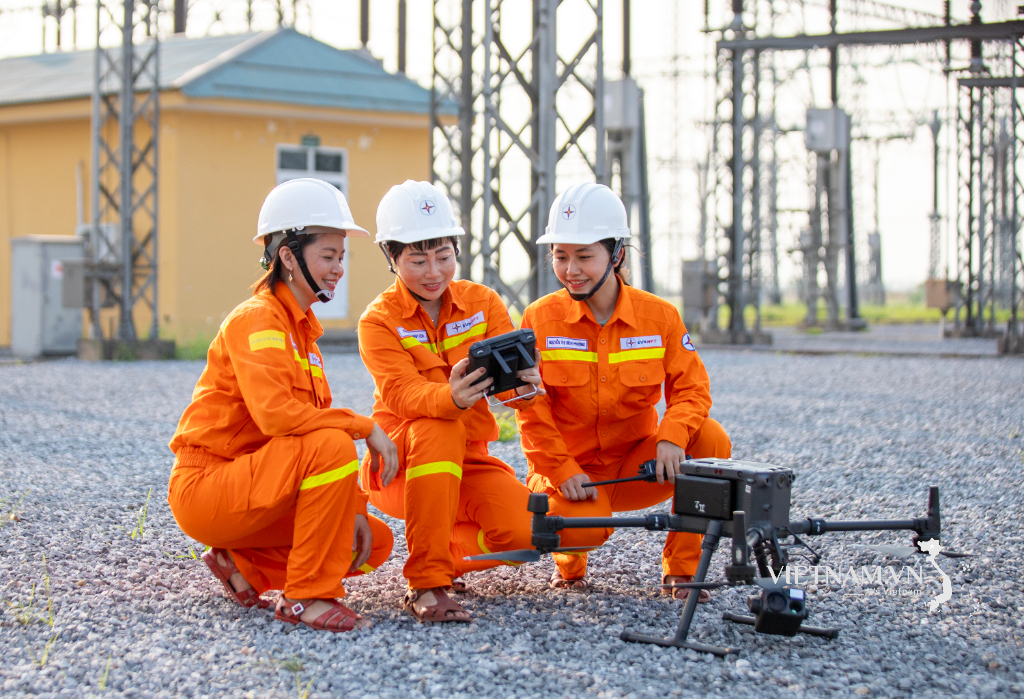

Comment (0)